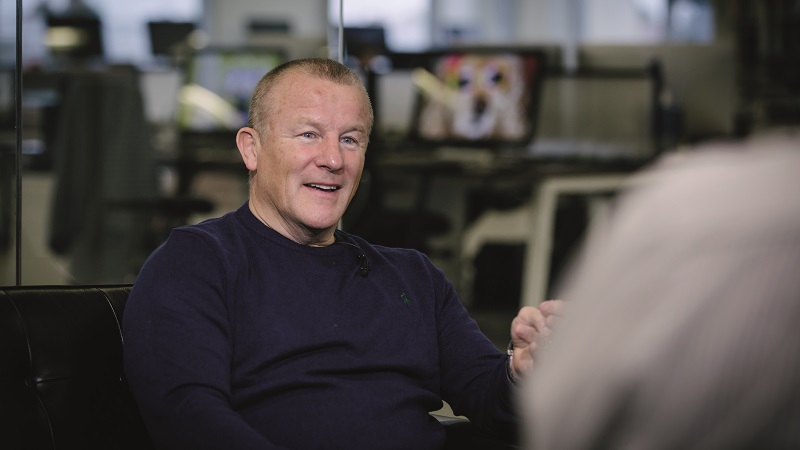For the third quarter of 2014, which Capita notes is generally considered the ‘big one’ in terms of dividends from UK companies, investors saw underlying dividends drop by 2.9%, while headline dividends remained stagnant at £25.5bn, £53m more than 2013’s comparable period “as higher specials barely compensated for lower underlying payouts”.
The fall in dividend growth comes, the report says on the back of a stronger pound, weak corporate earnings and the general sluggishness of the global economy, with the main culprit the strength of sterling.
As Capita points out: “The biggest single factor that has driven us steadily to reduce our expectations [of dividend payments] has been the sustained strength of the pound against global currencies. By 1 October 2014, sterling’s effective exchange rate was 11.5% higher than at the end of July 2013. This factor alone has knocked over £3.5bn off our forecast.”
However, while the headline numbers appear weak, Capita points out that there are indeed a few mitigating factors of which to take account. The first of these is the so-called ‘Vodafone factor’.
According to Capita: “Vodafone has been a fly in the ointment of dividend trends since it distributed £15.9bn (gross) to its shareholders in the first quarter. That one payment shrank the company significantly, because it represented part of the proceeds of the disposal of its huge US interests, meaning the rump of the telecoms giant is not able to sustain such large payouts.”
If that effect is removed, headline dividends would have been 6% ahead year-on-year and underlying dividends 3% up.
The other mitigating factor, according to Capita is the changing nature of the make up of dividend payers. “At 31%, the top five’s share of the total paid in the quarter was the smallest since we began the study,” it said, before adding that the FTSE 100 saw payouts fall 1.1% to £22.8bn in Q3, its worst performance since the beginning of 2013. By contrast, the FTSE 250 raised its headline dividends by 7.6% to £2.2bn, while on an underlying basis, that growth was 16%.
As a result of this, the prospective yield on equities is 3.9%, Capita said.
But, it points out, that while equity yields have compressed during the period, so too have other asset classes, meaning that equities have managed to retain their income advantage.
Capita has also revised down its forecast for the full year from £101.8bn to £97.1bn, while the underling level will be £79.3bn, a whisker ahead of the £77.8bn of 2013, but, at 1.7%, the first real terms decline since 2010.
Where to from here
Julian McCormack, research analyst at Brewin Dolphin said that while the growth in dividends is slowing, Brewins remains positive that growth rates for the FTSE 350 will come in above inflation this year.
“Although there have been a number of high profile dividend cuts in 2014, most notably Tesco and Balfour Beatty, we feel these are the exceptions and more broadly across the FTSE 350 balance sheets remain strong enough to support real dividend growth.”
But he cautions: “The outlook for dividend growth is fairly sector specific.”
According to McCormack, the banking sector looks fairly positive as the market is beginning to see domestic banks starting to pay out dividends once more.
“We feel this will gather pace,” McCormack told Portfolio Adviser, adding: “There is an opportunity for real underlying dividend growth, because of the low inflation numbers currently being seen, which we expect will continue.
The other large sector that McCormack believes holds some promise in terms of dividends is the resources sector.
“The miners have had a rough time over the last few years, but particularly the larger firms are looking positive now and we feel the dividends from the likes of Rio Tinto and BHP are safe.”
Thus, while dividend growth is slowing the UK and the outlook remains clouded by the impact of a strong exchange rate, there are other factors to consider and opportunities to take account of.










